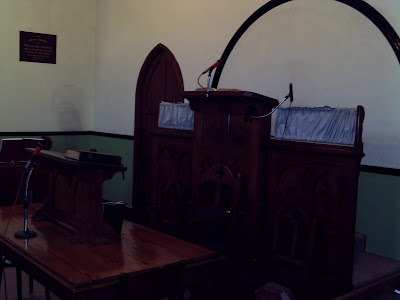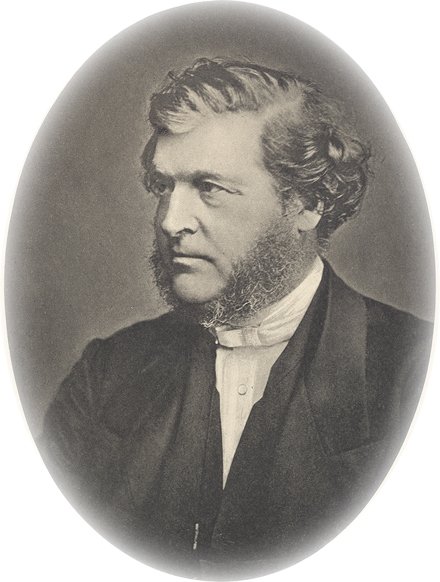
Martin Luther is one of the most important figures in Protestant history, but one of the most misunderstood, and one of the less read in Reformed circles. The best way to get to know the real Luther is to read Luther, but the fifty-plus volumes (and more to come!) of the American Edition of Luther's works are rather intimidating, and impractical for most people to read. On the other hand, having read the Bondage of the Will and the Commentary on Galatians (the best place to start with Luther, the former in the edition by J.I. Packer), the reader may well want to read more of Luther. This collection, edited by the Luther scholar Theodore G. Tappert, gives a bird's-eye view of Martin Luther's writing career in four beautifully-presented volumes. Tappert has selected representative writings from Luther's career from 1517 to 1520, ranging over the full variety of Luthers writing. First published in the 1960s, it is now reprinted in a new edition by Fortress Press. The edition itself is a beautiful thing, presented in a slipcase, with each volume adorned by a full-colour portrait of Luther from the era covered inside. Not only will this be a joy to read for anyone interested in exploring the writings of Martin Luther, but it looks good on the shelf! This is one for anyone interested in exploring the Reformation in the writings of the period. These four volumes are full of gems of Luther's thought, and more than worth the price!
Selected Writings of Martin Luther (Fortress Press, 2007) is available from Amazon.co.uk at the low price of £22.43.

 This is a monument in the old Penuel burial ground in Llantrisant. The verse on the side, a quotation from John Henry Newman's hymn 'Lead, Kindly Light', is perhaps unusual for a monument in a Welsh burial-ground, even one so late as the date on this one.
This is a monument in the old Penuel burial ground in Llantrisant. The verse on the side, a quotation from John Henry Newman's hymn 'Lead, Kindly Light', is perhaps unusual for a monument in a Welsh burial-ground, even one so late as the date on this one.



























